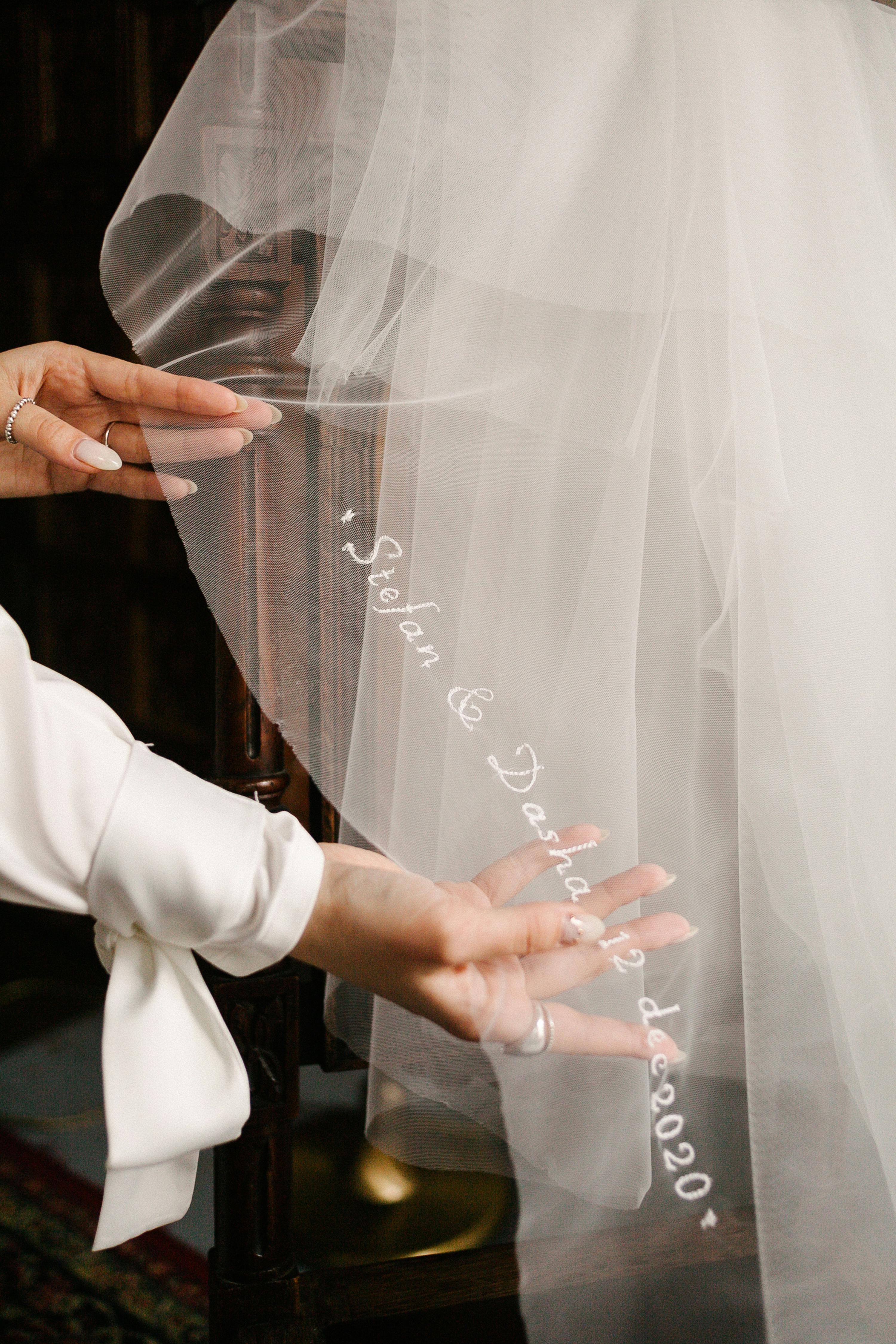
Apply Now
 .
.
Essential Guide to Betta Fish Breeding for Beginners in 2025
Betta fish breeding can be a rewarding and fascinating experience for fish enthusiasts, particularly beginners. With their brilliant colors and unique behaviors, bettas are not just beautiful pets but also captivating creatures for breeding. This guide aims to provide a comprehensive understanding of how to breed betta fish successfully while ensuring their health and well-being throughout the process. In this guide, you'll learn about the best conditions for betta breeding, essential tank requirements, and effective breeding techniques. We will cover topics such as selecting the right breeding pair, the breeding process itself, caring for betta fish fry, and common mistakes to avoid while breeding. Whether you are an aspiring breeder or just curious about betta fish care, our roadmap will bring you through each critical step of the journey. Before you dive into breeding, it’s essential to gather knowledge about betta fish genetics and behavior, as these factors will heavily influence your breeding success. Keep reading to discover the key takeaways that will set you on a path toward successful betta fish breeding.Understanding Betta Fish Breeding Basics
To begin breeding betta fish, it is crucial to familiarize yourself with their breeding habits and natural behavior. Male bettas are often more colorful and aggressive, displaying elaborate courtship rituals that showcase their potential as breeding partners. Knowing how to identify male and female bettas is also critical, as improper pairing can lead to aggression and unsuccessful breeding attempts. When preparing your breeding setup, consider the size of the tank, which should ideally be a minimum of 10 gallons to provide ample space and reduce territorial stress. Filtration is also important; however, avoid strong currents that can harm the delicate fry. The water quality should be pristine, with stable temperature and pH levels, which play vital roles in the breeding process. Furthermore, before introducing potential breeding pairs, ensure that both bettas exhibit signs of readiness. Observing their courtship behaviors can give insights into their compatibility. Recognizing these signs helps you prepare better for the official spawning.Setting Up the Breeding Environment
Creating an optimal breeding environment is vital for the success of your betta fish. Begin by cycling the tank to eliminate any toxins, ensuring a safe habitat for your fish. Use gentle filters and provide adequate heating, as the ideal temperature for breeding betta fish is around 80-85°F (26-29°C). Setting up decorations like floating plants offers hiding places for the female and enhances comfort for both fish. This setup mimics their natural habitat, promoting a healthy breeding environment. Lighting also plays a role; maintaining a consistent light cycle helps mimic day and night, reducing stress during breeding. Maintaining water quality cannot be overstated. Regular water changes and checking parameters such as ammonia, nitrite, and nitrate levels will help ensure your bettas remain healthy. Invest in quality aquarium test kits to monitor these conditions effectively.Selecting Breeding Pairs
Choosing the right betta fish breeding pairs can significantly impact the quality of the fry. Look for vibrant colors and healthy physiques, as these traits often carry into their offspring. Understanding betta fish genetics is crucial for predicting the traits of their fry, giving insights into color and fin types. When selecting a breeding pair, consider age and size. Ideally, both bettas should be at least 5-6 months old. Pay attention to individual personalities; a harmonious pairing often leads to better breeding outcomes. Look for indicators of readiness, such as bubble nests from males or a female’s responsive behavior during courtship. As you connect with fellow enthusiasts through platforms and forums, you can share experiences on successful pairing. Observations on breeding behavior from seasoned breeders can enrich your knowledge and confidence as a new breeder.The Breeding Process Explained
With your breeding setup complete and pairs selected, it’s time to begin the actual breeding process. Introducing the female to the male gradually minimizes aggression and allows for natural courtship behaviors to unfold. Their interactions include displaying fins and circling each other, marking the start of the breeding journey. Once the female is accepted and begins to show interest, the male will often construct a bubble nest at the water’s surface. This nest is critical for laying eggs and serves as a protective haven for the fry post-hatching. It is important to monitor their interactions during this period closely, stepping in to separate them if signs of aggression escalate. After successful spawning, the female will lay eggs, which the male will quickly gather into the bubble nest. The spawning process can result in a few dozen to several hundred eggs being laid. It’s crucial to provide optimal conditions, as the fertilization of the eggs leads to the successful hatching of betta fish fry.Post-Spawning Care
Once the eggs are laid, the male takes on an important role in safeguarding the nest. It’s essential to maintain water quality during this time, as poor conditions can harm the developing embryos. Ensure that the temperature and pH remain consistent to foster a healthy environment. After about 24 to 36 hours, the eggs will begin to hatch, and the fry will emerge. At this stage, their dependency on the male fades, and it becomes critical to monitor his behavior. For optimal care, remove the male to prevent any potential harm to the fry, who will initially rely on their yolk sacs for nutrition. As the betta fry begin to swim freely, it’s time to introduce appropriate fry food to support their growth. Specialized betta fish food suitable for fry is recommended to ensure they receive the right nutrients. Monitoring their growth stages is essential, ensuring they develop healthy as they transition from tiny fry to juvenile bettas.Caring for Betta Fish Fry
Caring for betta fish fry calls for attention to their specific needs. During their early growth stages, they should be fed high-quality food designed for fry, consisting of infusoria or finely crushed flakes. Gradually transitioning to more substantial foods like baby brine shrimp is essential as they mature. Water conditions also remain paramount in this stage. Performing small but frequent water changes encourages cleaner living conditions while avoiding stressing the young fish. Additionally, providing adequate space is crucial as they grow, so consider transferring them to a larger tank promptly. Monitoring them for any signs of common betta fish diseases and adapting care to their changing needs will ensure a healthy upbringing. As you raise betta fish fry, documenting their progress allows you to evaluate your breeding success and share insights with the community .
.